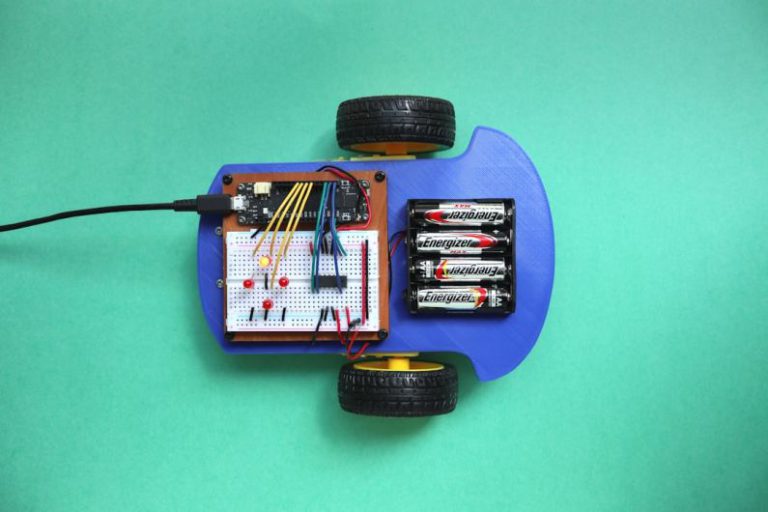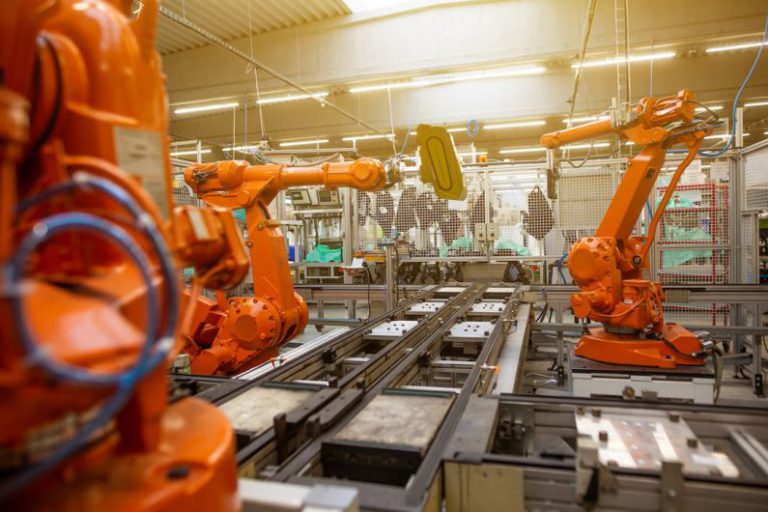Smart Tires: the Future of Retreading and Monitoring
In the world of automotive technology, advancements are constantly being made to improve safety, efficiency, and sustainability. One area that has seen significant innovation in recent years is tire technology. Smart tires, equipped with sensors and other high-tech features, are revolutionizing the way tires are retreaded and monitored, offering a glimpse into the future of tire maintenance and performance.
Enhancing Performance Through Retreading
Retreading tires has long been a cost-effective and sustainable way to extend the life of a tire. However, the process of retreading has often been seen as a manual and labor-intensive task. With the introduction of smart tires, the retreading process is becoming more efficient and precise than ever before.
Smart tires are embedded with sensors that can monitor the tire’s condition, tread depth, and overall performance in real-time. This data can be used to determine the optimal time for retreading, ensuring that tires are retreaded before any significant wear or damage occurs. By proactively retreading tires based on data-driven insights, fleet operators can maximize the lifespan of their tires and reduce the risk of costly blowouts or accidents on the road.
Monitoring Tire Health in Real-Time
One of the key benefits of smart tires is their ability to provide real-time monitoring of tire health. Traditional tire pressure monitoring systems (TPMS) have been in use for years to alert drivers to changes in tire pressure, but smart tires take monitoring to the next level.
Smart tires can track a wide range of data points, including temperature, pressure, tread wear, and even road conditions. This comprehensive data collection allows for more accurate and timely insights into tire health, enabling drivers and fleet managers to take proactive measures to prevent tire-related issues before they occur.
By leveraging the power of artificial intelligence and machine learning, smart tires can analyze vast amounts of data to predict potential tire failures or issues well in advance. This predictive maintenance approach not only enhances safety on the road but also helps to reduce downtime and maintenance costs for vehicle owners.
Improving Efficiency and Sustainability
In addition to enhancing performance and safety, smart tires are also contributing to increased efficiency and sustainability in the automotive industry. By extending the lifespan of tires through proactive retreading and monitoring, smart tires help to reduce the frequency of tire replacements, leading to less waste and lower environmental impact.
Furthermore, the data collected by smart tires can be used to optimize tire usage, ensuring that tires are inflated to the correct pressure levels and are rotated regularly to promote even wear. This proactive maintenance approach not only extends the life of the tire but also improves fuel efficiency and overall vehicle performance.
Looking Ahead: The Future of Smart Tires
As technology continues to evolve, the future of smart tires looks promising. Innovations such as self-healing materials, 3D-printed tread patterns, and even autonomous tire maintenance systems are on the horizon, promising to further enhance the performance and sustainability of tires in the years to come.
In conclusion, smart tires represent a significant leap forward in tire technology, offering a range of benefits for drivers, fleet operators, and the environment. By leveraging real-time data and advanced monitoring capabilities, smart tires are transforming the way tires are retreaded and maintained, paving the way for a safer, more efficient, and sustainable future on the road.






